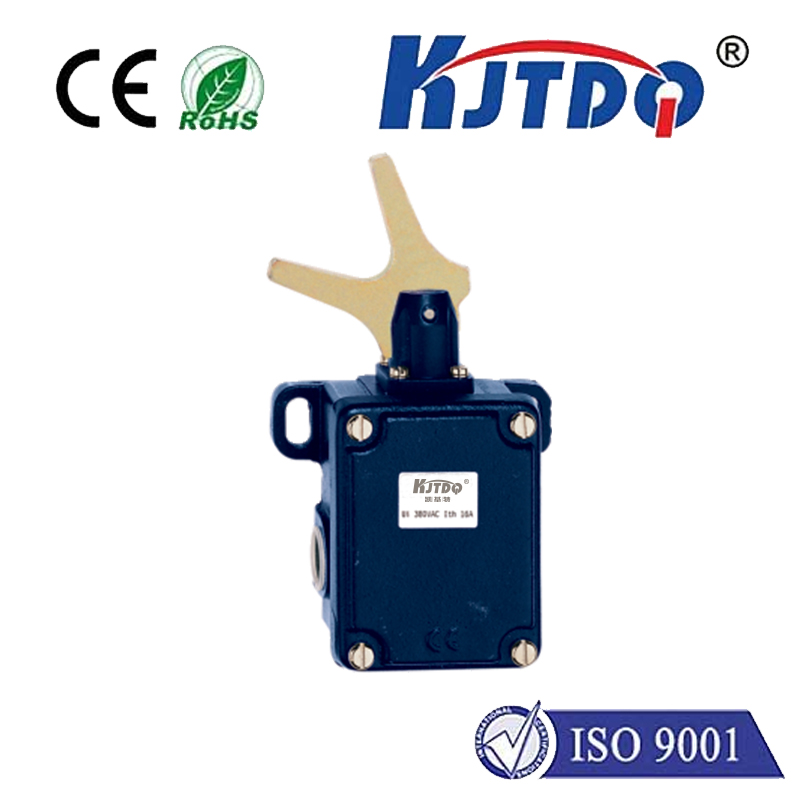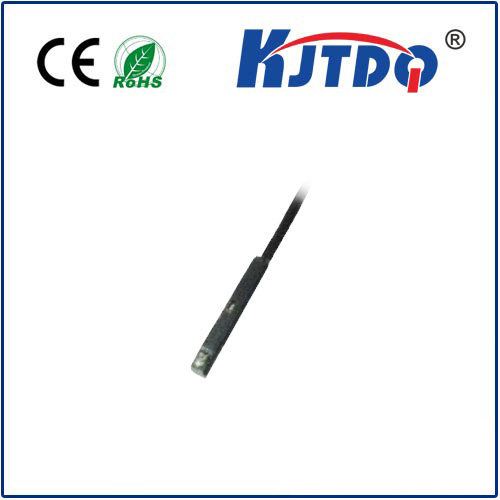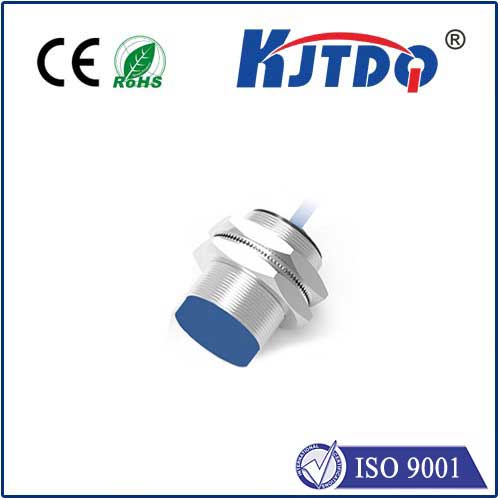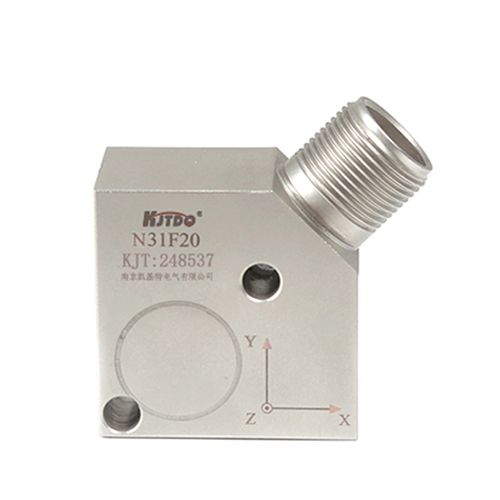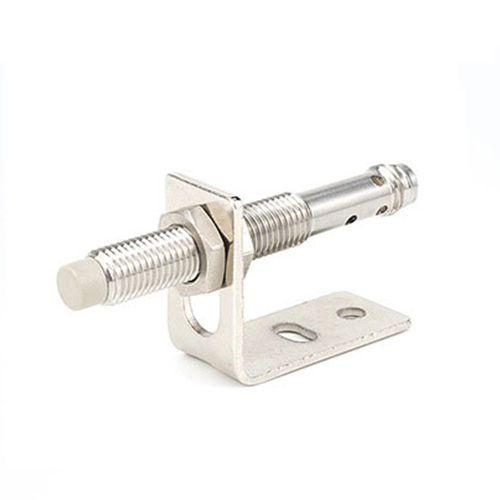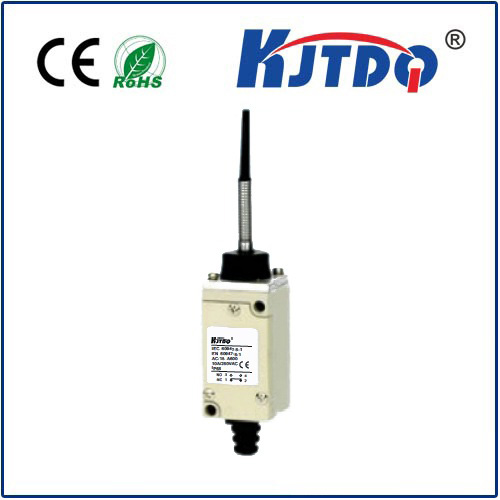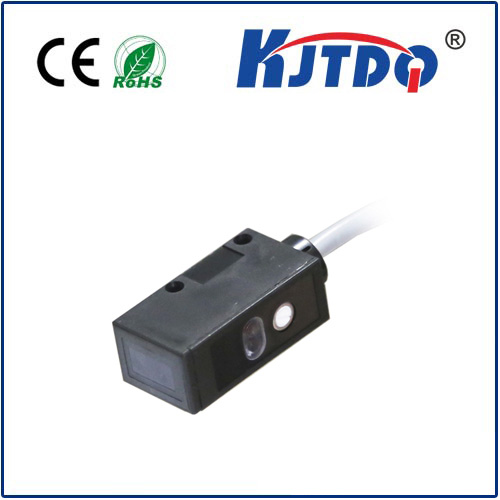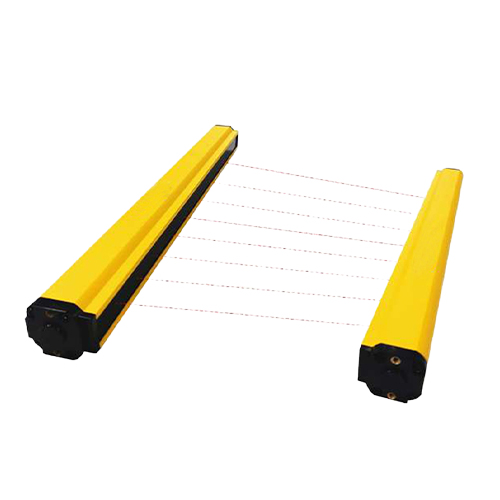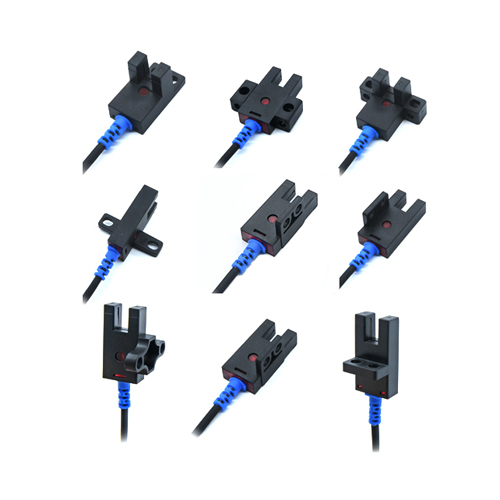

check

check

check

check

check

check

check

check

check

check
Photoelectric Sensors: Enhancing Efficiency and Precision in PNP Operations
Photoelectric sensors, particularly models such as the Panasonic EX-20 Series, play a pivotal role in advancing the accuracy and efficiency of Pick-and-Place (PNP) operations. The technology integrated into these sensors ensures that automation processes within manufacturing industries operate with minimal errors and increased productivity levels. This article delves into the benefits of photoelectric sensors, focusing on their impact on PNP mechanisms and how they are revolutionizing modern manufacturing practices.
The Intriguing Features of Photoelectric Sensors
Panasonic's EX-20 Series photoelectric sensors are designed to detect objects over distances up to 2 meters, making them suitable for various PNP applications. These sensors boast an PNP (Positive N Channel) output, which means they can switch high-current loads directly without the need for additional amplification circuitry. This feature significantly reduces system complexity and enhances operational reliability.
The Advantages of PNP Output in Automation

In PNP operations, where precision is key, sensors with PNP output offer significant advantages. The positive output signal from these sensors is compatible with the logic levels commonly used in industrial controls, ensuring seamless integration into existing systems. Furthermore, the capability to handle higher currents directly allows for faster response times and more robust control over machinery, thereby improving the speed and reliability of the PNP process.
Simplifying Integrated Circuit Design
One of the challenges in PNP systems is integrating electronic components without increasing system complexity. Photoelectric sensors with PNP output address this issue by reducing the need for additional interface circuits. Their ability to drive higher loads directly simplifies design and minimizes potential points of failure, leading to a more streamlined and efficient system architecture.
Enhancing Reliability and Reducing Costs
The direct driving capability of sensors with PNP output not only simplifies design but also reduces maintenance needs and overall costs. By minimizing the extra components needed to amplify or adapt signals, manufacturers can enjoy reduced part counts and lower repair frequencies, resulting in more cost-effective operations.
Empowering Manufacturing through Innovation
Manufacturers adopting photoelectric sensors equipped with PNP output can attest to the improvements in their production lines. With enhanced detection capabilities and streamlined integration into automation systems, these sensors enable manufacturers to optimize their assembly processes, reduce error rates, and boost product quality. As a result, businesses can respond more effectively to market demands and maintain a competitive edge in their industry.
Conclusion:
Industrial automation, especially in PNP operations, relies heavily on the precision and efficiency of its component parts. Photoelectric sensors, such as those offered in Panasonic's EX-20 Series with PNP output, provide a solution that meets these requirements while simplifying system design and reducing operational costs. As we look to the future of manufacturing, it becomes increasingly clear that advancements in sensing technology will continue to be a driving force behind improved productivity and innovation within the industry.
